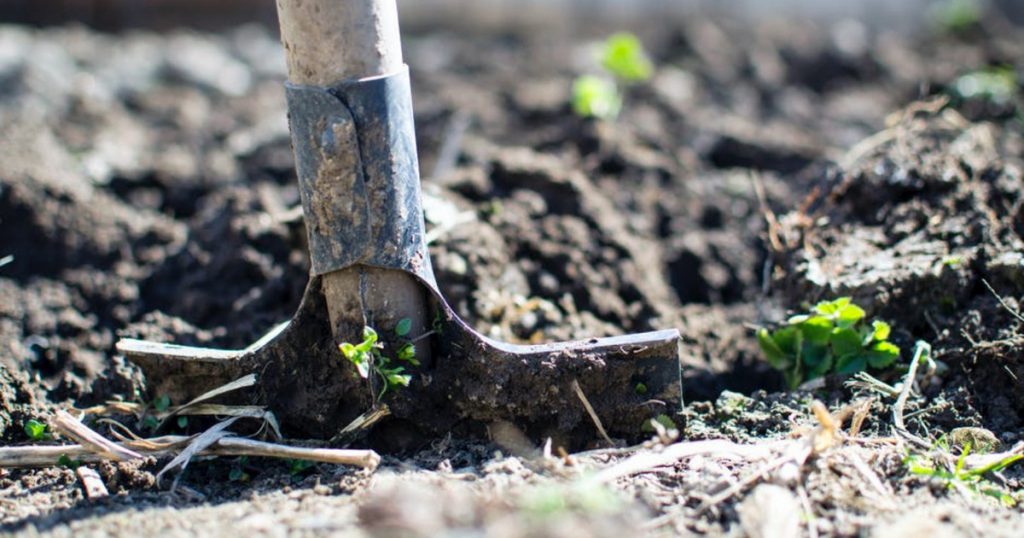There are a lot of things that affect the air quality in our homes, mold being one at the top of the list. But it is not always the cause, according to our mold certified inspectors. Some of them are unseen, such as radon, a naturally occurring gas mostly found in rocks, soil or even water. And its effects are not to be taken lightly. Outside of cigarette smoking, radon is the second leading cause of lung cancer.
Radon is released in the air through the breakdown of uranium, radium or thorium, and its build up over time can cause long-term negative health effects. According to the Environmental Protection Agency, in the United States, 1 in every 15 homes is estimated to have increased levels of radon.
WHAT DOES RADON DO TO OUR BODY?
When radon enters the body, it exposes the lungs to minute amounts of radiation. Experts say that these small amounts are naturally harmless, but prolonged exposure or larger amounts of inhaled radon gas can damage the lung lining, increasing a person’s risk of developing cancer.
HOW CAN WE PROTECT OURSELVES FROM RADON?
According to the Centers for Disease Control and Prevention, there are measures that one can take to reduce radon levels at home:
- TEST YOUR HOME FOR RADON: Testing only takes a short amount of time. It is also easy and inexpensive. You only need to place a measuring device in your chosen room and leave it there for a certain amount of time. Testing may take as long as 90 days or more.
- DISCOURAGE SMOKING IN THE VICINITY: Smoking increases the risk of developing lung cancer when paired with prolonged radon exposure.
- OPEN WINDOWS & USE FAN AND VENTS TO CIRCULATE AIR: Although a temporary strategy, good ventilation reduces radon.
If you are unsure if you have radon exposure in your home, give us a call. Our air quality specialists will make sure you have the facts.

